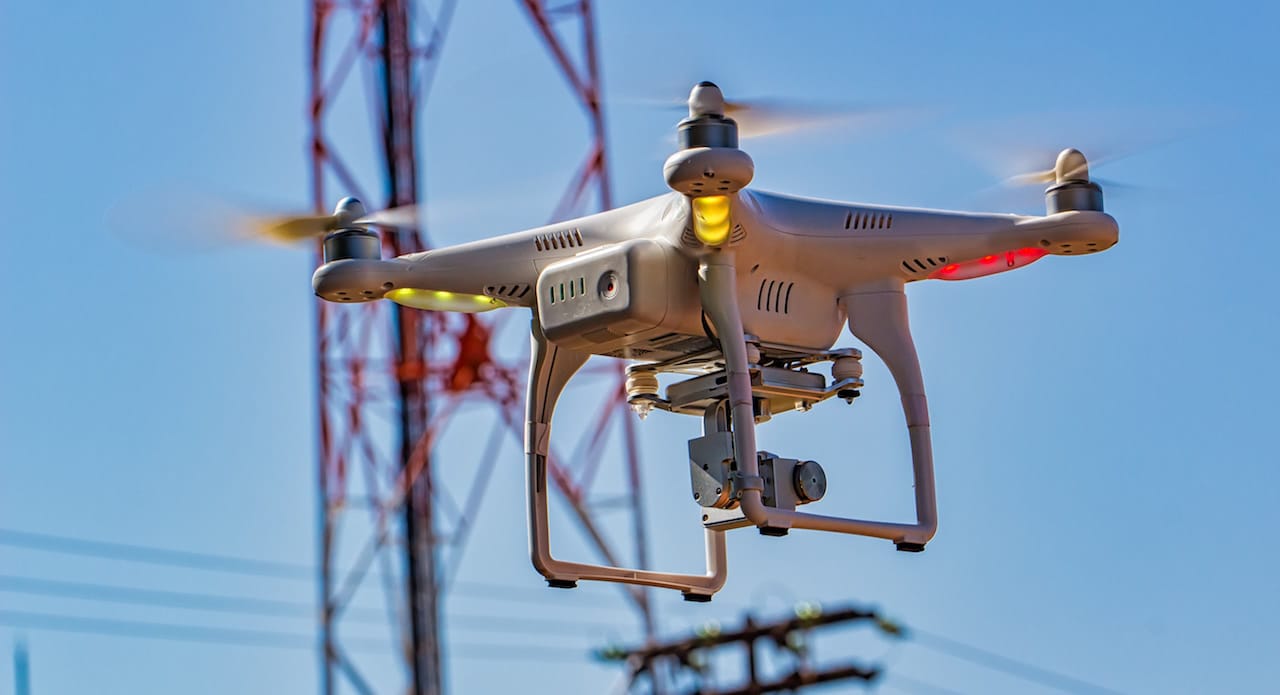
Houston, Texas (including Conroe,The Woodlands, Tomball, Katy, Missouri City, Bellaire, Pearland, League City, Friendswood, Galveston, La Porte) San Antonio, Texas (including New Braunfels, San Marcos, Canyon Lake, Bulverde, Spring Branch, Boerne, Helotes, Medina Lake, Castroville, Devine, Seguin) We regularly fly and photograph the following markets:Īustin, Texas (including Round Rock, Georgetown, Cedar Park, Pflugerville, Lake Travis, Lakeway) Contact us by telephone for a quote or complete our online Request Quote form and we'll reply today with a firm price! We also offer discounts off of our standard pricing for construction progress photos.

For aerial photographs of large tracts of land such as farms and ranches, or for remote locations please contact us for an exact quote. Although our trade territory encompasses nearly all of Texas, additional charges may apply in the case of remote locations.

We routinely service San Antonio, Austin, Lubbock, Waco, Dallas/Fort Worth, Abilene, San Angelo, Temple, Killeen, Bryan, College Station, the Rio Grande Valley (McAllen, Edinburg, Harlingen, Brownsville and South Padre Island,) Laredo, Del Rio, Uvalde, Eagle Pass, Midland/Odessa, Corpus Christi, Houston and all points in between (see our Texas aerial photography Coverage Map.) Browse our Photo Flight Schedule to see when we're scheduled to fly your area next. Click here to learn more about the different aerial photo platforms that we use and the type of images you can expect to see from each of these platforms. For altitudes between the drone ceiling of 400’ and the airplane floor altitude of 1,000’, helicopters are the platform of choice. Airplanes are able to travel great distances quickly and easily and are usually afforded greater access to subjects in difficult locations, such as near airports. We will typically capture aerial (airplane) photos from altitudes anywhere from 1,000’ to 3,500’ AGL.

Airplanes are restricted to above 1,000’ AGL in populated areas (cities) and are able to better demonstrate the locational aspects of your subject, such as relationship and distance to the downtown central business district, major employers, major traffic arteries, etc. Drones are well-suited to demonstrate the aesthetic features and beauty of the subject property itself, and its relationship and proximity to its immediate surroundings. However, drones are limited to a maximum altitude of 400’ above ground level (“AGL”)anywhere in the United States, and are restricted to lower altitudes in most cities, and prohibited in many areas, such as near airports. Both photo platforms can be used to capture vertical and oblique imagery. The difference between drone-based photography and aerial (airplane) photography is largely a question of altitude, maneuverability, and accessibility.


 0 kommentar(er)
0 kommentar(er)
